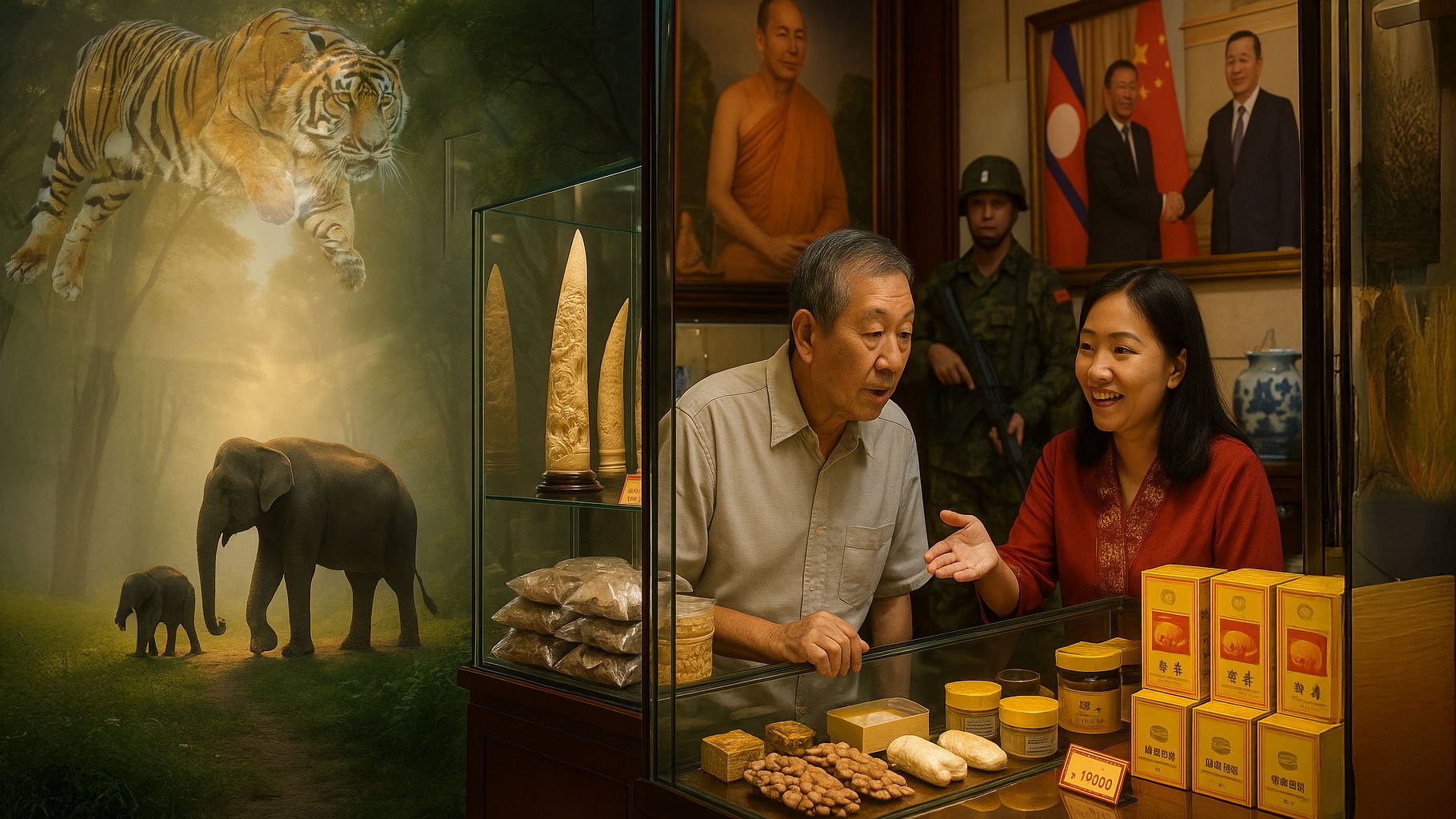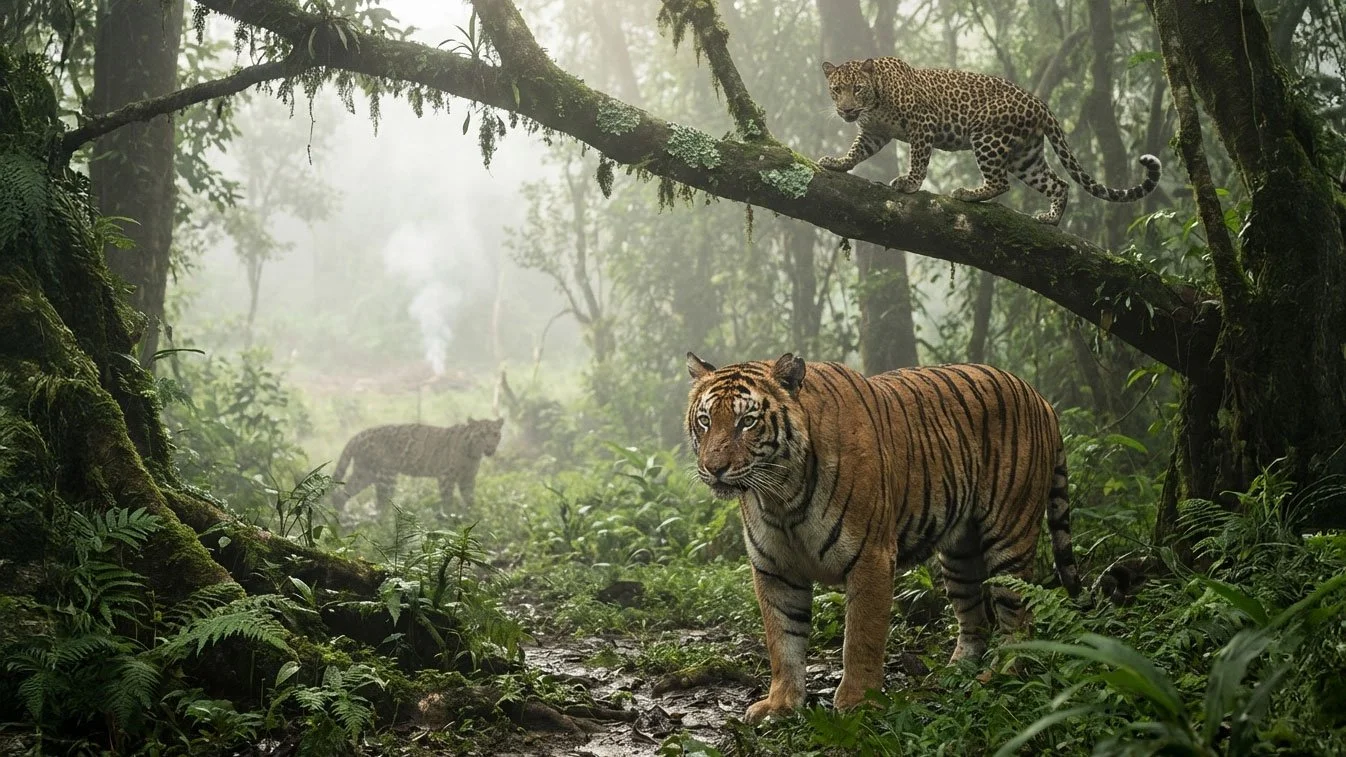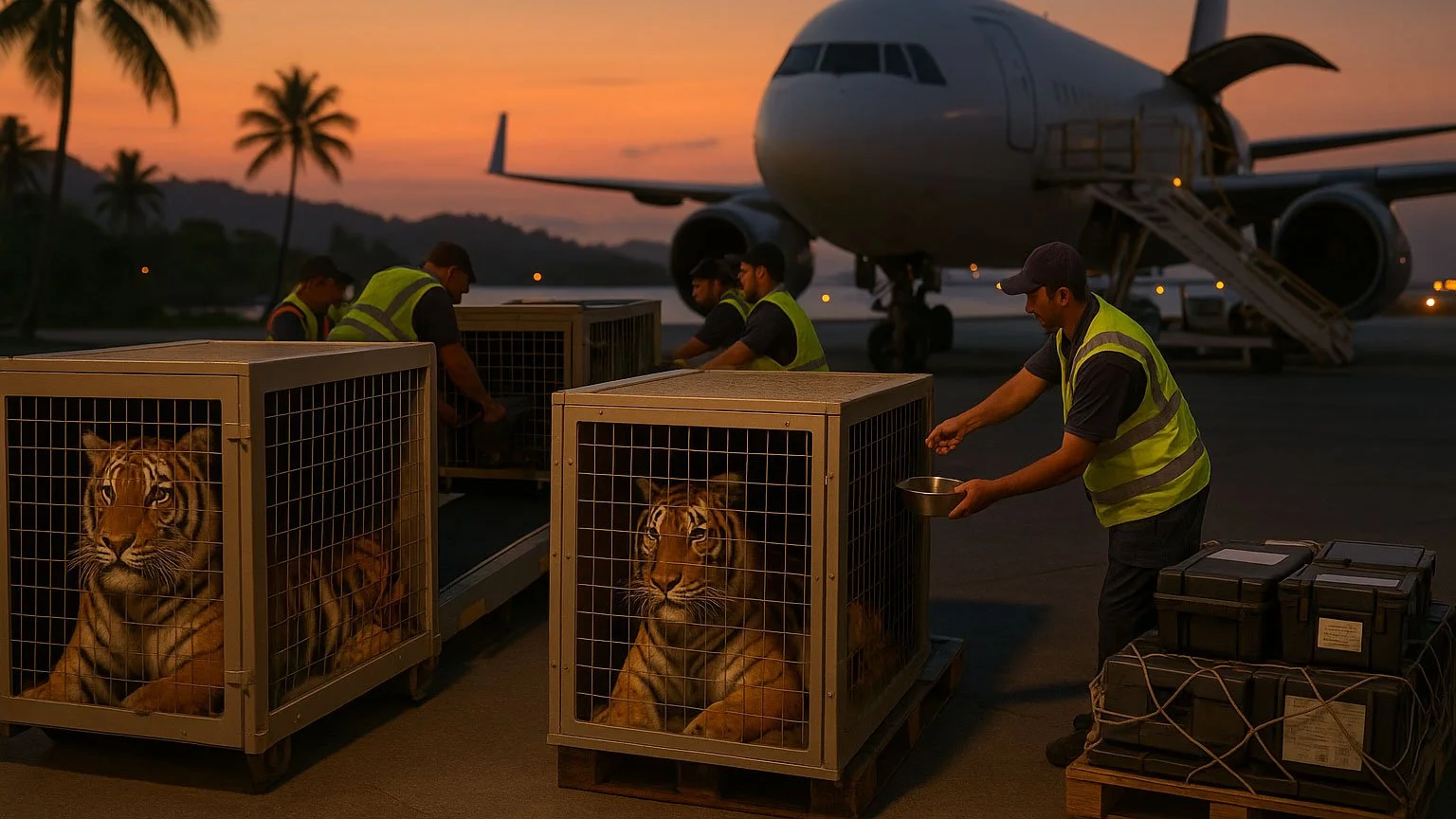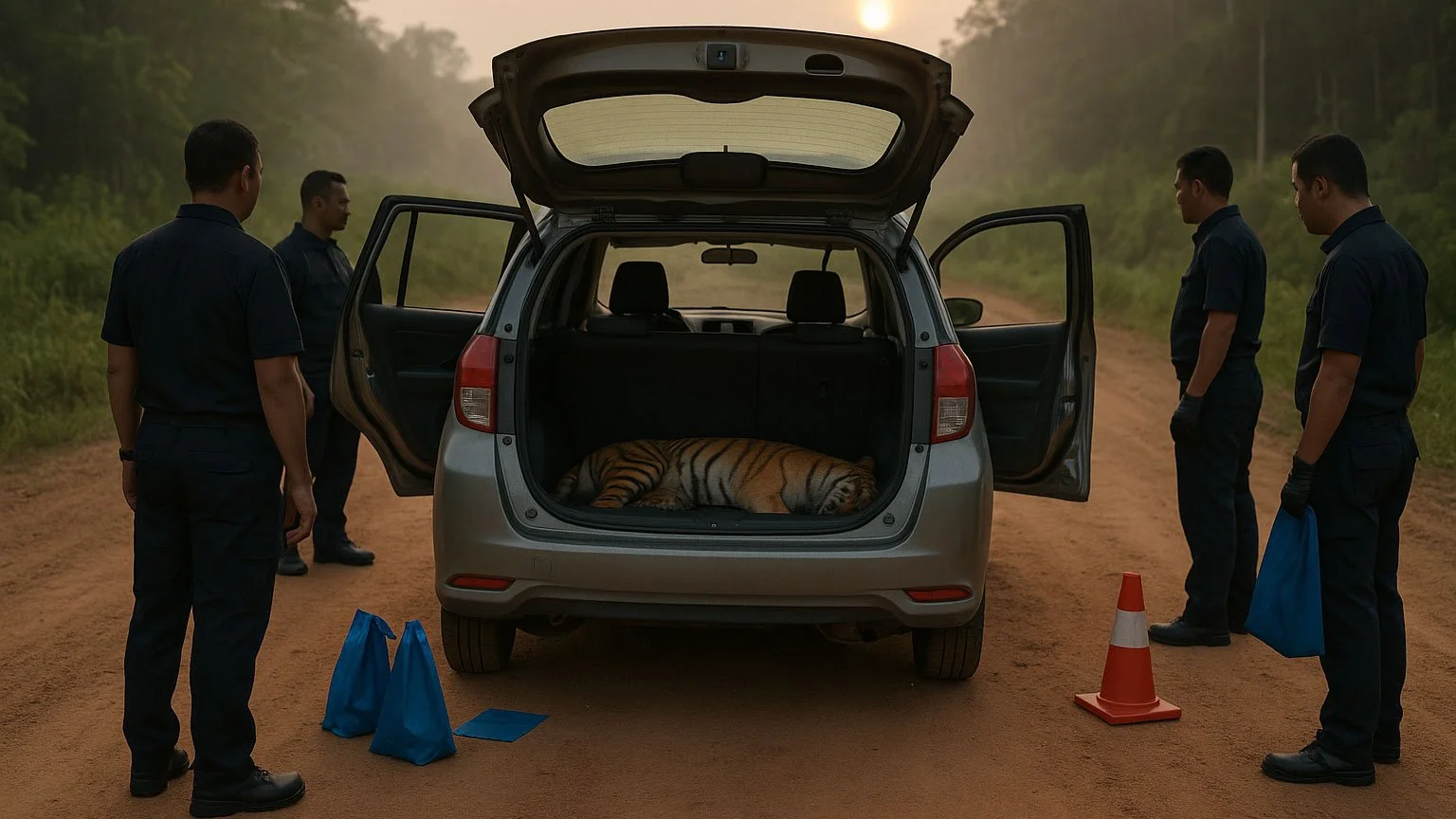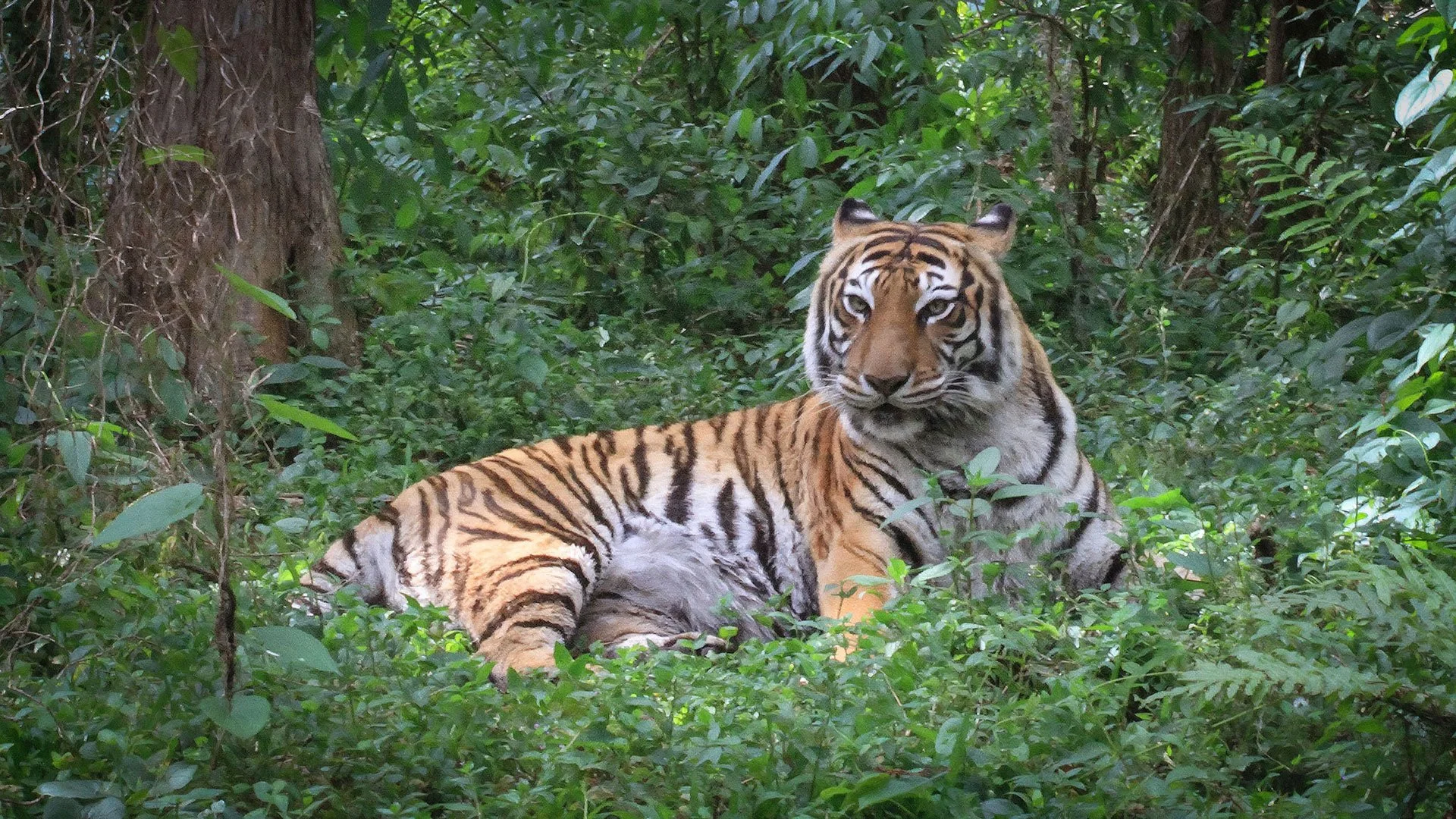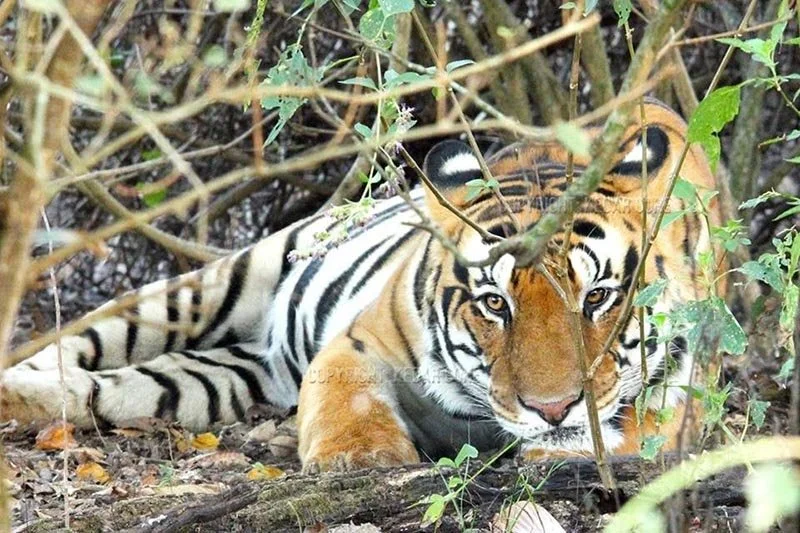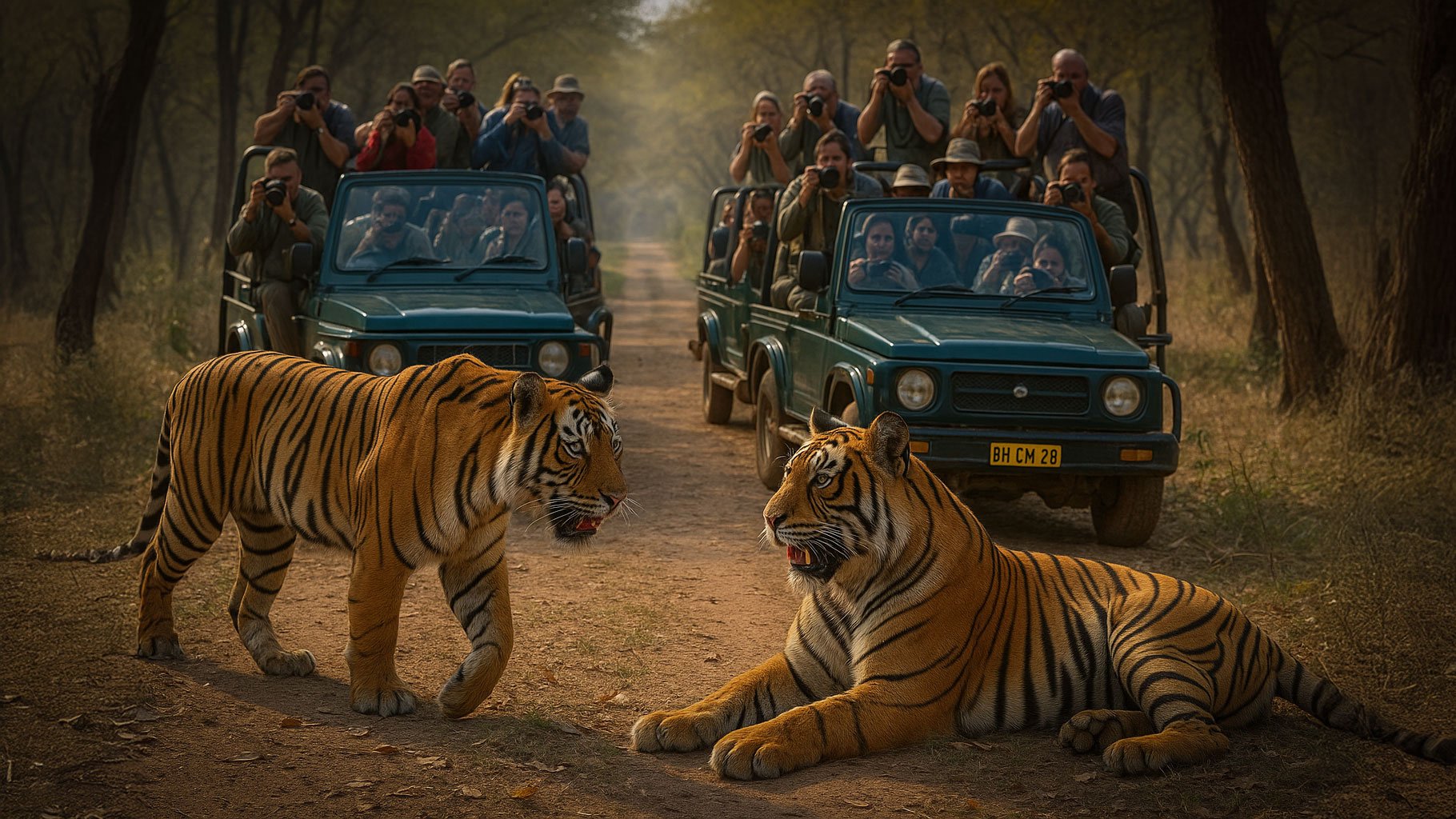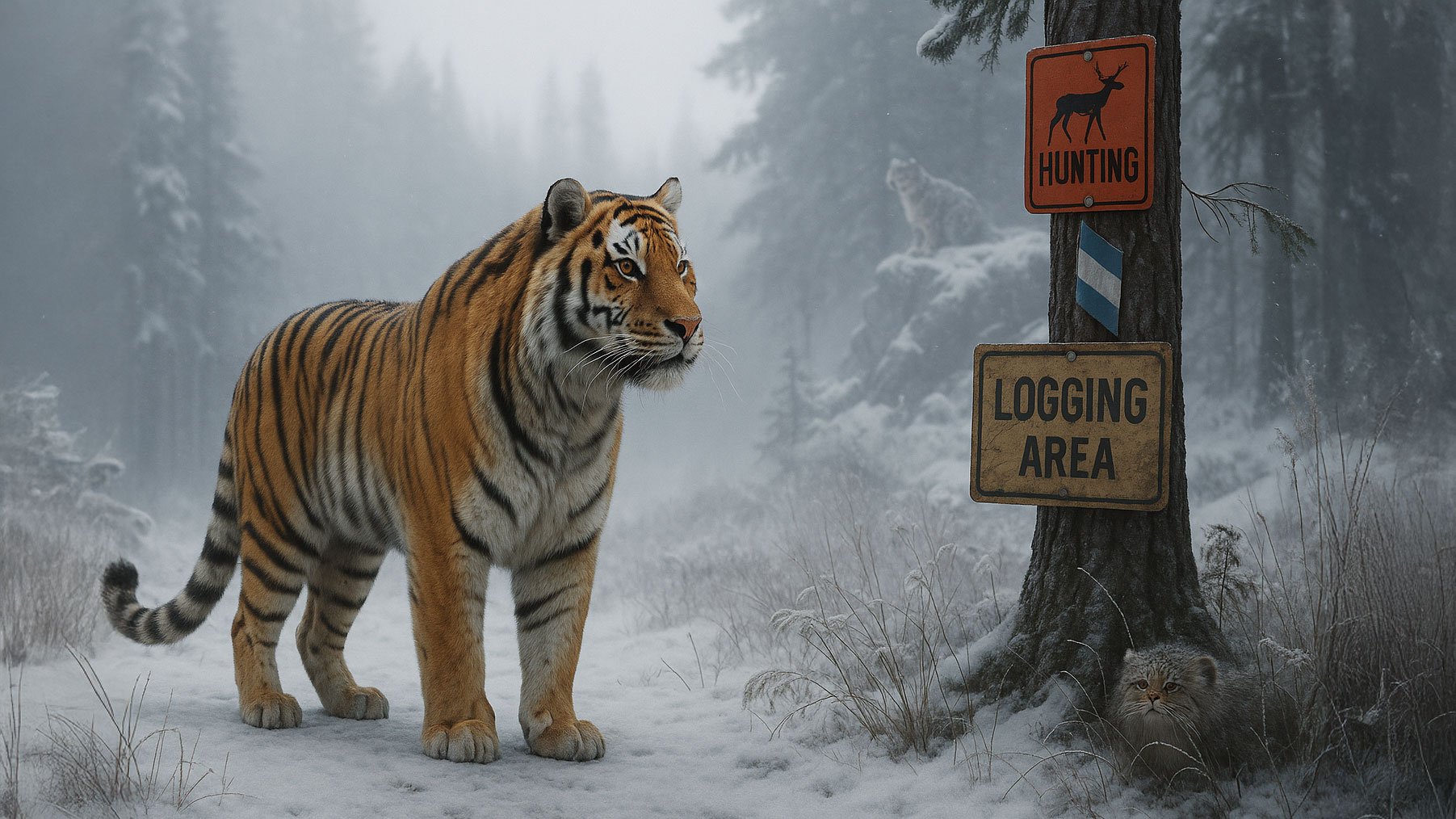Ivory Dreams and Rhino Lies: The Hidden Horror Behind Laos’ Wildlife Shops
In the lush hills of Luang Prabang, Laos—where waterfalls whisper through ancient forests and monks in saffron robes pass serenely through temple courtyards—there’s a dark undercurrent that’s turning paradise into a predator’s market. Beneath the surface of cultural charm, hidden in faux cafés and museums with names like “Kin Liao Coffee” or “Ancient Giftshop,” a silent massacre is being waged on some of the world’s most endangered animals.
And it’s all being done with a smile.
A Mirage for the Misinformed
“No coffee, no coffee,” a grinning security guard tells tourists at Kin Liao Coffee. Behind him looms a machine gun, slung across his chest like a macabre warning. This isn’t a café at all—it’s a front. Step inside, and you won’t find a latte. You’ll find ivory from murdered elephants, powdered rhino horn passed off as medicine, and bear bile packaged in shiny boxes.
But who are these “customers”? Mostly elderly Chinese tourists on low-budget, all-inclusive package tours, arriving via the China-Laos railway, lured with promises of cultural discovery. Instead, they’re funneled through a network of wildlife black markets hidden behind the polite façade of tradition and hospitality.
A Business Model Built on Lies
Behind the curtain of Lao hospitality is a well-oiled machine of manipulation. Mongabay and the Global Initiative Against Transnational Organized Crime (GI-TOC) uncovered over 20 shops in Luang Prabang and Vientiane involved in the illegal trade of CITES-listed wildlife products.
Here’s how it works: Tour companies, earning up to 40% commission, transport roughly 11,000 Chinese tourists annually to these shops. The guests are herded into lobbies where Chinese-speaking salespeople—posing as Laotian locals—spin wild tales.
They say the ivory comes from elephants who willingly shed their tusks after getting drunk on fermented fruit. They claim monks bless the ivory, and that proceeds go to “elephant foundations.” They promise that bear bile can cleanse your liver, pangolin scales will restore youth, and North Korean-made Angong pills with rhino horn will prevent strokes.
It’s all a con. A deadly one.
Trafficked from Extinction
Inside these shops, investigators found everything from rhino horn bracelets and pangolin scales to tiger bone powder and crocodile fat creams. Much of it is smuggled from Africa or Southeast Asia under the radar of law enforcement, cleverly labeled as cargo “in transit” through Thailand and Malaysia to avoid inspections.
And it’s not a small-scale operation. Rhino horn—valued at $17/gram on the black market—sells here for a jaw-dropping $600/gram. One tourist shelled out over $8,000 for a single shopping spree.
Let that sink in: $8,000 for the pain and death of animals on the brink of extinction.
The Illusion of Legitimacy
Every aspect of these shops is designed to convince visitors that what they’re buying is legal, ethical—even beneficial to conservation. Walls are adorned with photos of Chinese and Laotian officials shaking hands, elephant statues smile beside cultural icons, and salespeople make grand claims about sustainability.
But the Lao government, in no uncertain terms, has stated that the sale of ivory, rhino horn, pangolin, tiger, and bear parts is illegal. And yet, these illegal items are sold openly—often in sprawling, guarded compounds that resemble luxury jewelry stores more than criminal dens.
A Crisis of Conscience
For the animals, this isn’t a question of legality—it’s survival. Asian elephants, African forest elephants, black rhinos, Sunda pangolins—critically endangered species are being liquidated into trinkets and pills. Each product sold is another nail in the coffin of biodiversity.
And this model is spreading. From Laos to South America, Africa to Southeast Asia, wherever there’s weak enforcement and tourists with wallets, this deadly dance finds a stage.
What Can We Do?
Laos has promised legal reforms and enforcement action. But promises won't save elephants today. Action will.
You can help:
Speak out: Share this story and educate others about the truth behind wildlife tourism.
Stay vigilant: Never buy animal products while traveling, no matter how “legal” they seem.
Support conservation: Donate to organizations like Big Cat Rescue that work to protect animals in the wild, rather than profit from their suffering.
Because when the last elephant falls, no amount of fermented fruit, monk blessings, or ivory bracelets will bring it back.
Let us be the generation that saw through the lies—and chose to protect, not exploit.
Learn more: https://news.mongabay.com/2025/07/large-scale-illegal-wildlife-shops-in-laos-found-scamming-chinese-tourists/
